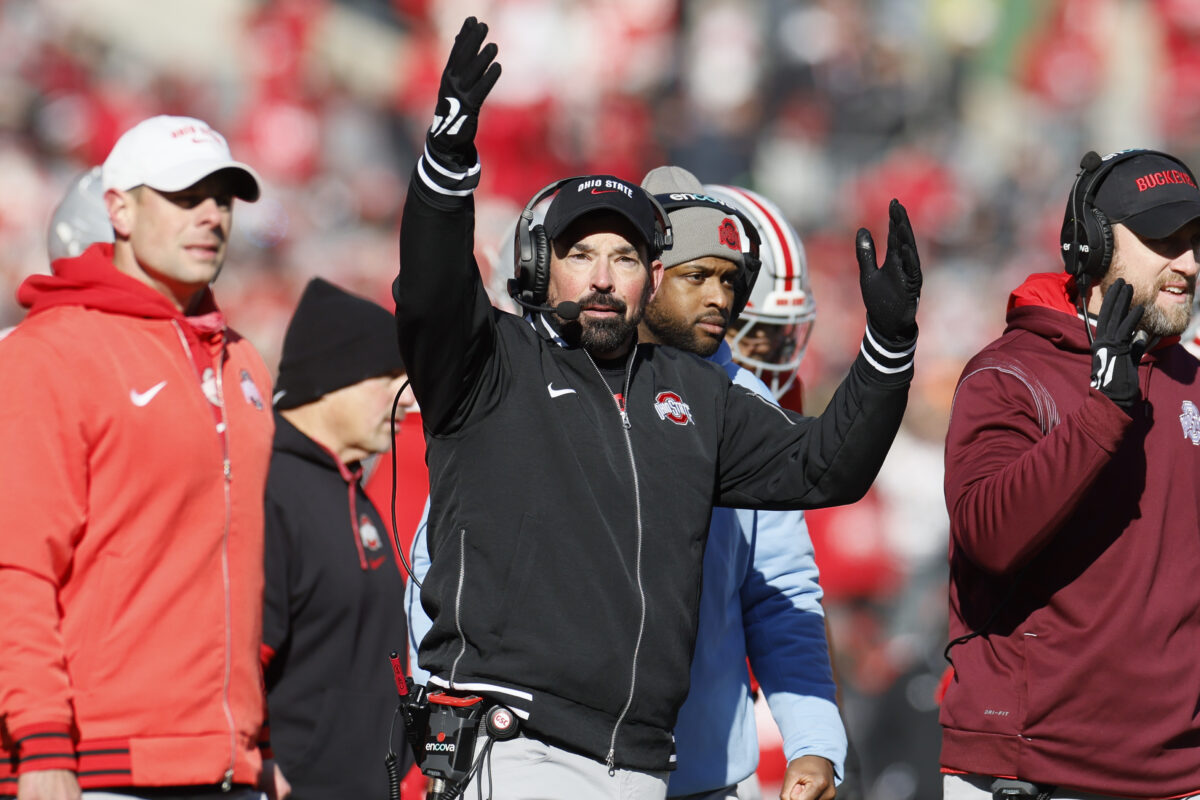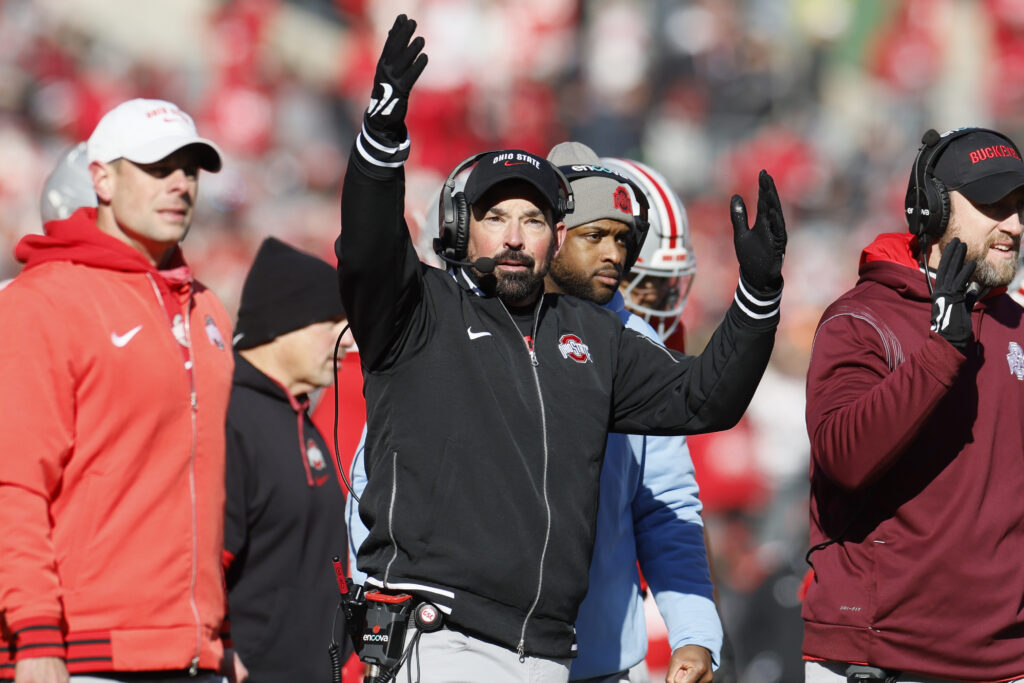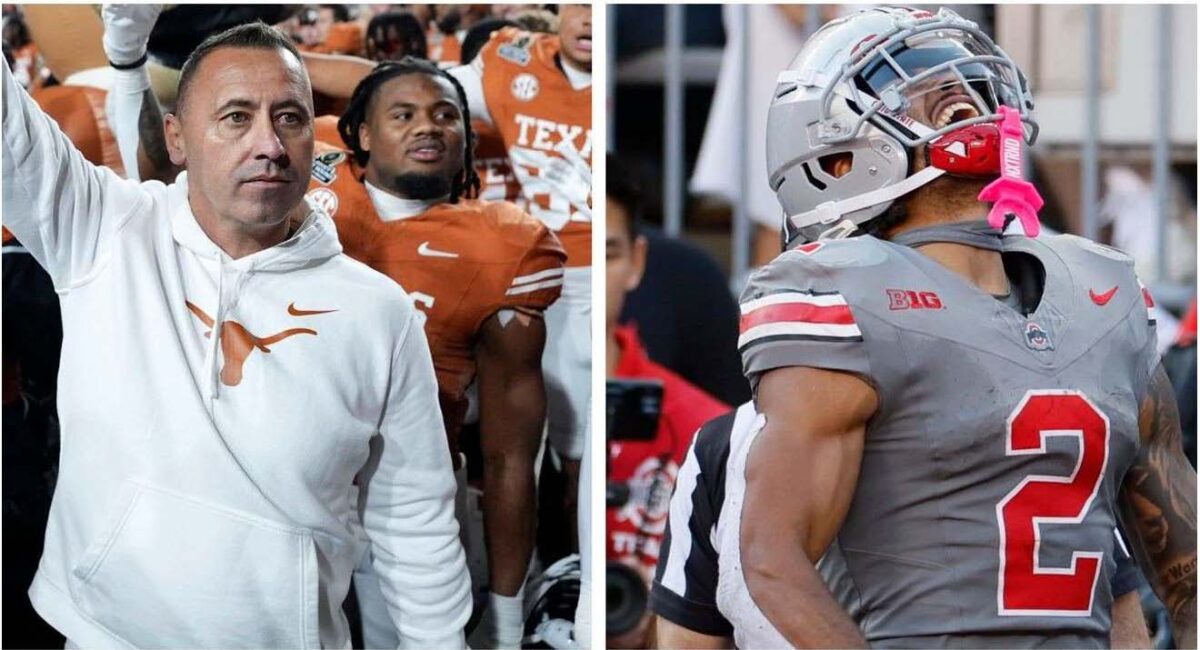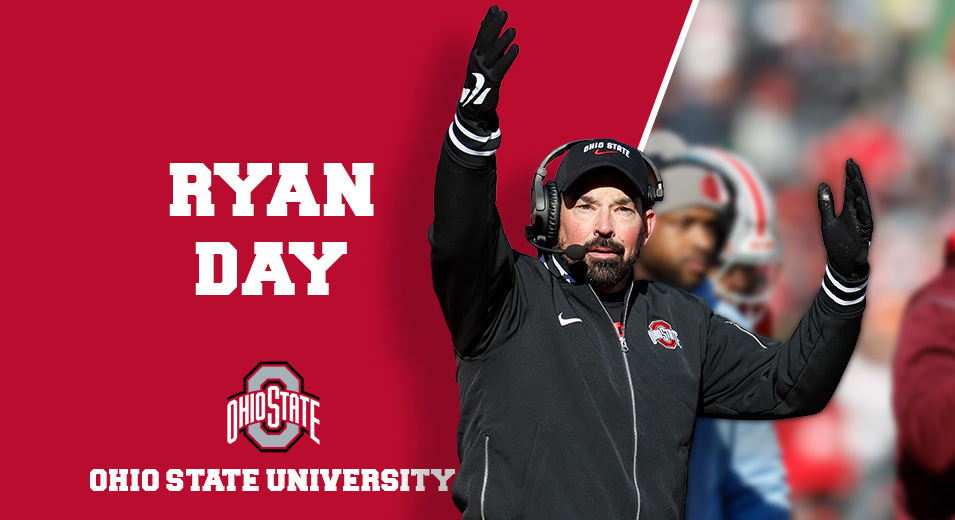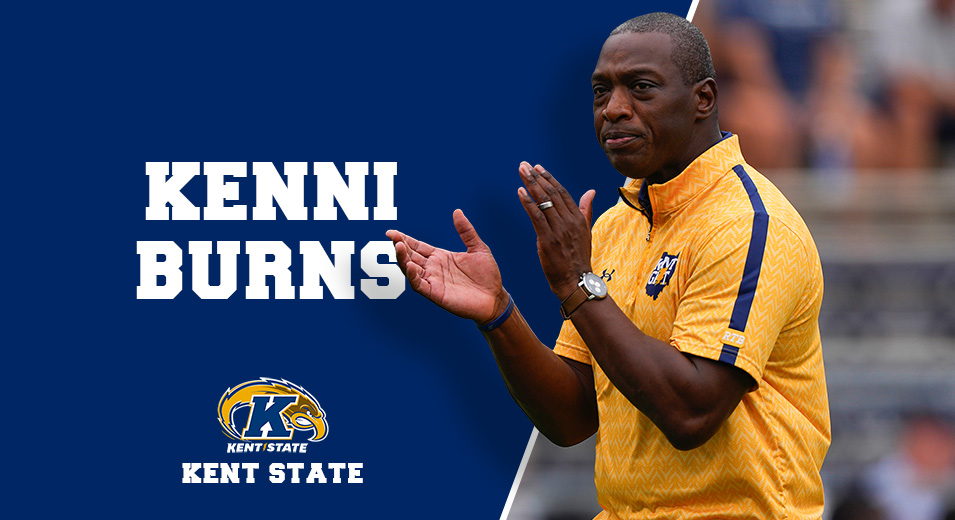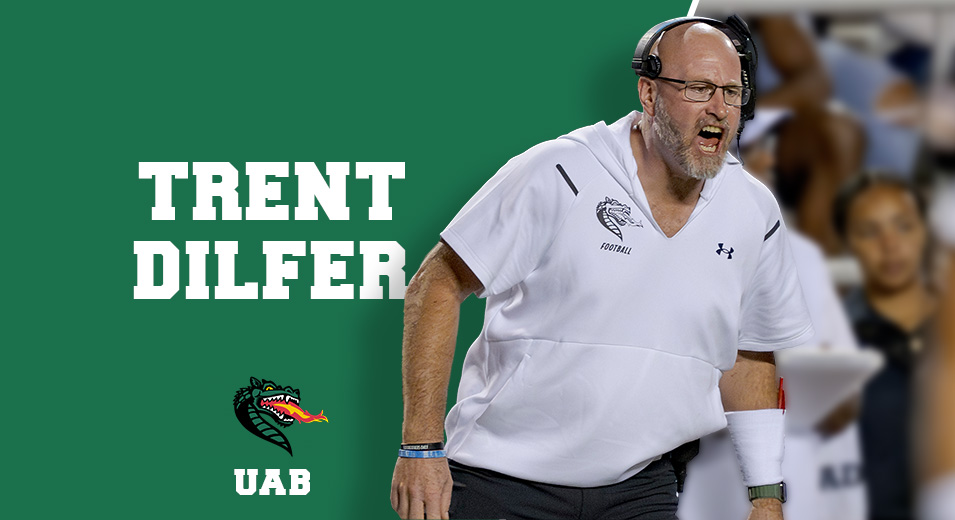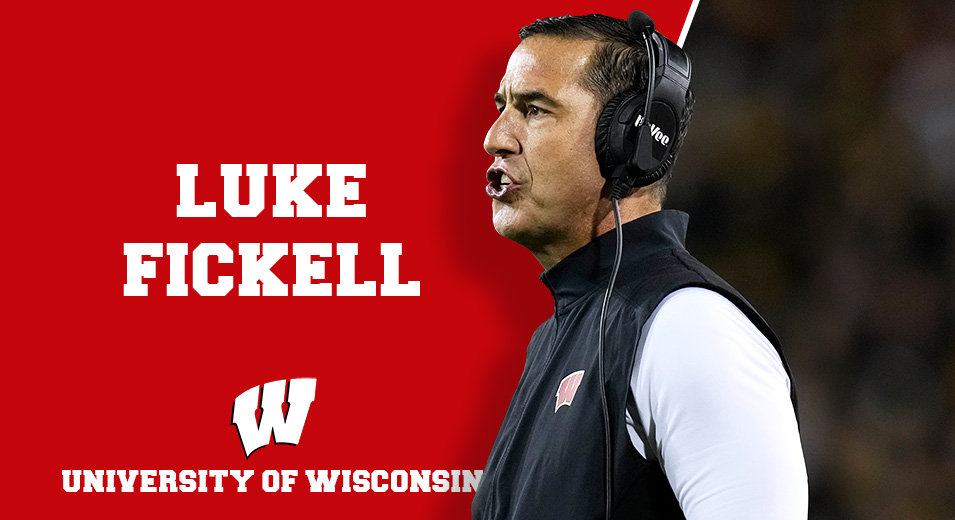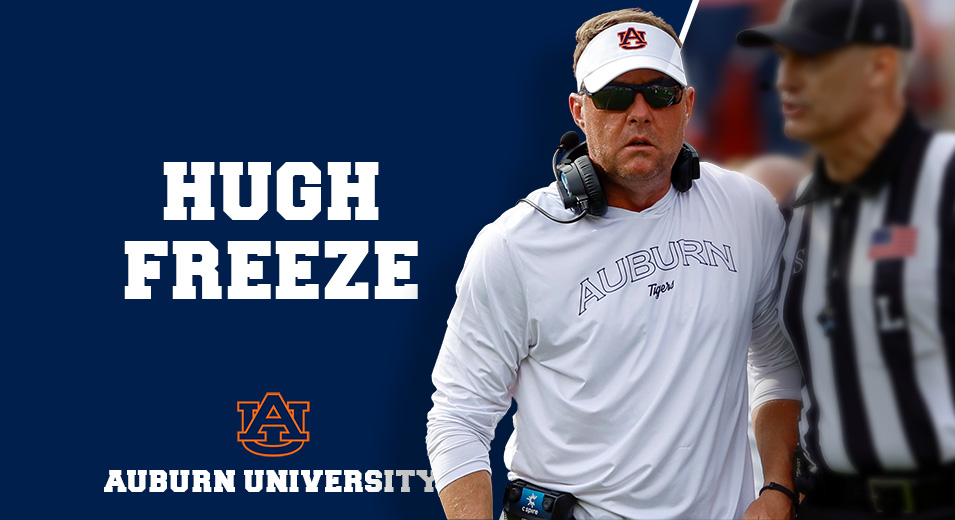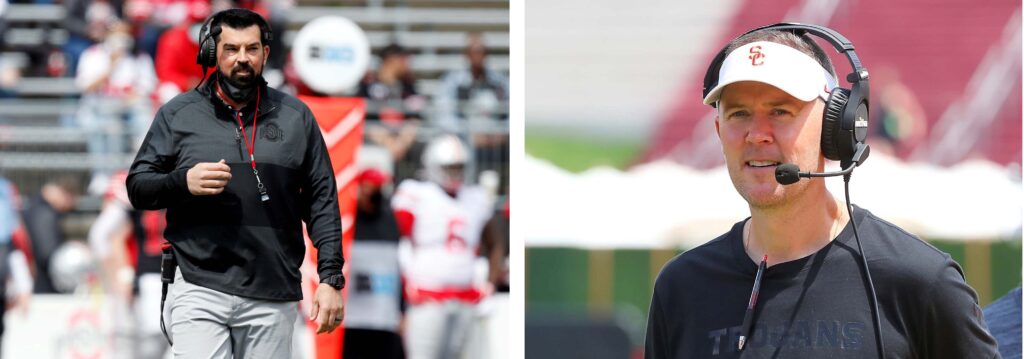Blog Article
The Most Dangerous Thing About Winning A Championship? Everyone Expects You To Do It Again.
Ohio State is about to learn this lesson the hard way.
The Buckeyes just pulled off one of the most improbable championship runs in college football history. They lost twice in the regular season. They didn’t win their conference. They entered the playoffs as the No. 8 seed. And then they beat Tennessee, Oregon, Texas, and Notre Dame in consecutive games to capture their first national title in a decade.
Here’s what nobody talks about: 99% of championship teams have most of their stars return the following year.
Ohio State? They lost 14 players to the NFL Draft.
That’s not a reload. That’s a complete teardown and rebuild. And they have to do it while everyone expects them to repeat as champions. The math doesn’t add up. The expectations don’t make sense. But that’s exactly the position Ryan Day finds himself in heading into 2025.
This is going to be fascinating to watch.
Nobody Knows Who The Starting Quarterback Is (And That Should Scare You)
Let me paint you a picture.
Will Howard threw for 4,010 yards and 35 touchdowns during Ohio State’s championship run. He made clutch throws in every playoff game. He was the steady hand that guided this team through adversity. Now he’s gone, drafted by the Pittsburgh Steelers.
The replacement? That’s where it gets interesting.
Julian Sayin was the obvious choice. Former five-star recruit. Transferred from Alabama when Nick Saban retired. MVP of the Elite 11 Finals. All the credentials you want.
But here’s the problem: The consensus was that Julian Sayin was the clear frontrunner to be the starter, but a shaky spring has changed things and has brought junior Lincoln Kienholz into the picture.
This is not the kind of uncertainty you want when facing Texas in your season opener.
Sayin’s resume looks incredible on paper:
- 7,824 passing yards in high school
- 85 touchdowns, 10 interceptions
- Added 10 pounds and now weighs 203
But paper doesn’t win football games. And right now, Ohio State doesn’t know who their starting quarterback is going to be. Former Ohio State quarterback Will Howard believes Julian Sayin is the front-runner to be the Buckeyes’ next QB1, with former defensive back Denzel Burke adding, “Julian’s that guy.”
The coaches aren’t even pretending they have it figured out. Quarterbacks coach Billy Fessler said Ohio State is “a long way away” from even discussing the closeness of the competition.
When you’re defending national champions and you don’t know who your quarterback is 3 months before the season? That’s not a great sign.
Brian Hartline Just Got The Most Pressure-Packed Promotion In College Football
Picture this scenario.
You’re the wide receivers coach at Ohio State. You’ve been there for 8 years. You’ve developed four first-round NFL draft picks. You helped Marvin Harrison Jr. win the Biletnikoff Award. You’re really, really good at your job.
Then your boss walks into your office and says: “Congratulations, you’re now the offensive coordinator for the defending national champions. Oh, and by the way, we have no idea who our starting quarterback is going to be.”
That’s precisely what happened to Brian Hartline.
“Great honor,” Hartline said. “Very humbled by it. I mean, Coach can select anybody in the country he wants to be the offensive coordinator at Ohio State, and he has trusted me to be one of those guys. So it means a lot.”
Here’s what makes this promotion both brilliant and terrifying:
The Brilliant Part:
- Hartline has coached Chris Olave, Garrett Wilson, Jaxon Smith-Njigba, and Marvin Harrison Jr.
- He knows how to develop elite talent
- He has the best receiving corps in college football returning
- Jeremiah Smith had 1,315 yards and 15 TDs as a freshman
The Terrifying Part:
- He’s never been a full-time offensive coordinator
- He has to game-plan around an unknown quarterback
- Everyone expects the offense to be just as explosive as last year
- Oh, and they lost both starting running backs, too
Hartline’s success or failure will determine whether Ohio State can repeat. No pressure, right?
“Anybody can do it for one time. So they’re just trying to chase consistency and frequency, and that is the keynote on your level of greatness, how often you do it,” Hartline said. “A lot of those guys have only done it once. So they’re trying to do it more than once.”
Translation: We know winning once was hard. Doing it again? That’s the real test.
They Hired A Former NFL Head Coach To Fix Their Defense (Because They Had To)
Matt Patricia’s hiring tells you everything you need to know about Ohio State’s defensive situation.
When you lose your entire starting defensive line to the NFL Draft, you don’t hire a college position coach. You don’t promote from within. You call a guy who coached in two Super Bowls and convince him to save your season.
Patricia’s resume is ridiculous:
- Defensive coordinator for three Super Bowl-winning Patriots teams
- Led top-10 NFL scoring defenses for 8 straight years
- Coordinated the 2016 Patriots defense that allowed just 250 points all season
- Has 20 years of NFL experience
But here’s the thing nobody wants to admit: Patricia failed as an NFL head coach in Detroit. His teams went 13-29-1. He was fired mid-season. There’s a reason he’s back in college football.
Day said Ohio State’s defense will look different under Matt Patricia compared to the past three seasons under former defensive coordinator Jim Knowles. That’s coach-speak for “we have no idea how this is going to work.”
The numbers don’t lie about what Ohio State lost:
- J.T. Tuimoloau: 12.5 sacks (1st round pick)
- Jack Sawyer: 9 sacks (1st round pick)
- The entire starting defensive line
- 53 total sacks as a team (3.3 per game)
- The #4 scoring defense in the country
You can’t replace that kind of production overnight. Patricia’s job isn’t to maintain the defense. It’s to completely rebuild it from scratch.
Good luck with that.
The Schedule From Hell
Want to know how confident Ohio State is about this rebuild?
Look at their schedule.
They open the season against Texas on August 30 at noon. Not some FCS cupcake. Not a mid-tier Power 5 team. Texas. The same Texas team they beat in the College Football Playoff semifinals. With both teams expected to be very highly ranked and this a rematch of last year’s College Football Playoff national semifinal, the matchup is one of the most anticipated openers in college football history.
Then it gets worse:
- Aug. 30: Texas at home (noon)
- Sept. 6: Grambling State at home (3:30 p.m.)
- Sept. 13: Ohio at home (7 p.m. on Peacock)
- Sept. 27: At Washington in Seattle
- Oct. 4: Minnesota at home (Homecoming)
- Oct. 11: At Illinois
- Oct. 18: At Wisconsin
- Nov. 1: Penn State at home
- Nov. 8: At Purdue
- Nov. 15: UCLA at home
- Nov. 22: Rutgers at home
- Nov. 29: At Michigan (noon)
This isn’t a schedule designed for a rebuilding team. This is a schedule that says, “We think we’re still championship-level despite losing half our roster.”
The road games at Washington, Illinois, Wisconsin, and Michigan are all potential trap games. Washington went 6-7 last season but will be desperate to bounce back. Illinois and Wisconsin are always tough at home. And Michigan? That rivalry game speaks for itself.
Either Ohio State’s coaching staff knows something we don’t, or they’re about to learn a costly lesson about overconfidence.
The expanded playoff format does provide some cushion. Ohio State proved last year that you can lose games and still win it all. But starting 1-2 or 2-3? That’s an entirely different conversation.
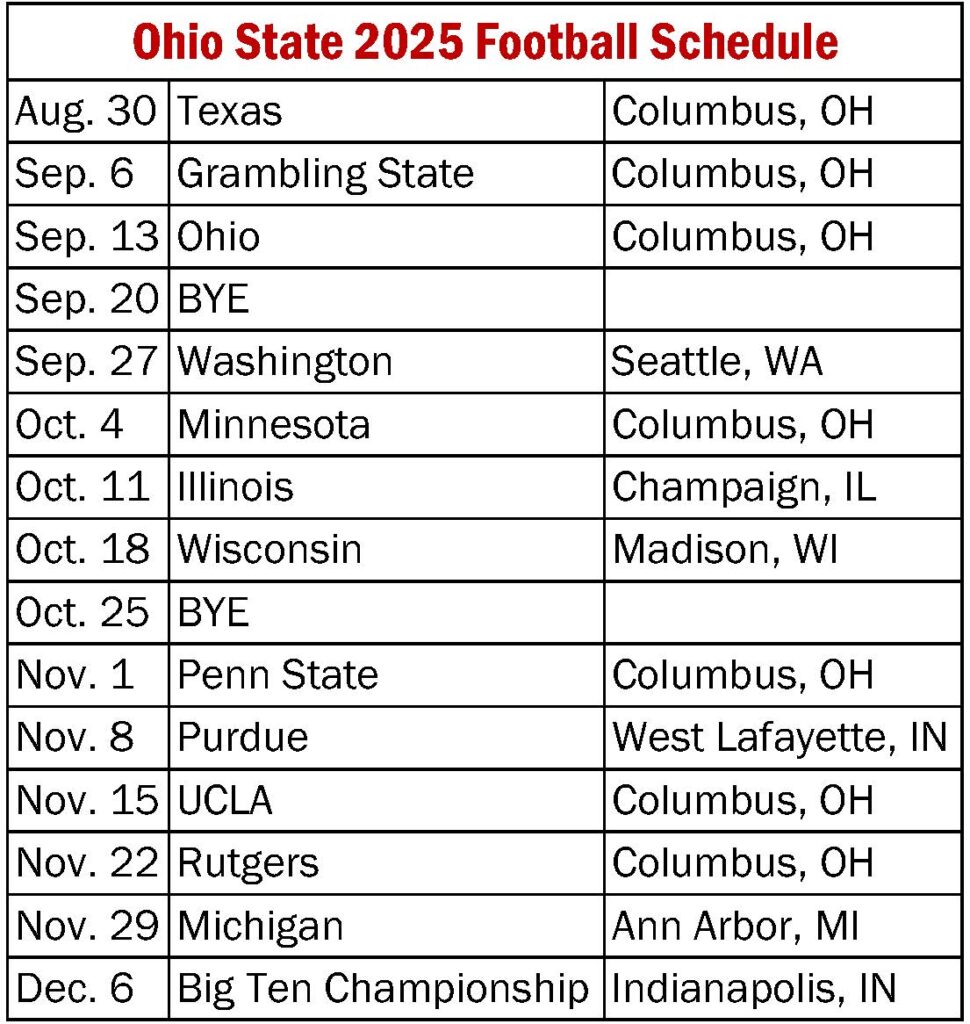
The Transfer Portal Band-Aid Strategy
When you lose this much talent, you have two options:
- Develop young players and hope they’re ready
- Hit the transfer portal hard and pray you find immediate contributors
Ohio State chose option 2:
- CJ Donaldson (RB) from West Virginia
- Ethan Onianwa (OT) from Rice
- Phillip Daniels (OT) from Minnesota
- Max Klare (TE) from Purdue
- Logan George (DE) from Idaho State
This isn’t necessarily a bad strategy. But it’s also not a championship strategy.
Championship teams are built on players who have been in the system for 2-3 years. Players who know every nuance of the playbook. Players who have been through big games together.
Transfer portal players? They’re talented, but they’re also brand new. They don’t know the culture. They don’t have the relationships. They’re essentially starting from scratch in August.
Can it work? Sure. The 2024 team had key transfers like Will Howard and Caleb Downs, who were crucial to the championship run.
But banking your entire season on transfer portal additions? That’s not sustainable. That’s desperation.
Ryan Day’s Reputation Is About To Be Tested
Here’s what nobody talks about regarding Ryan Day’s championship:
It took him 6 years to win his first title.
For 5 years, the criticism was relentless. Can’t beat Michigan. Can’t win the big games. Not elite enough for Ohio State. The pressure was suffocating.
Then 2024 happened. Suddenly, Day was a genius. A championship coach. One of the best in the country.
But here’s the uncomfortable truth: Day’s 2025 season will tell us more about his coaching ability than 2024 ever could.
Winning with elite talent is one thing. Winning after losing that elite talent? That’s when you find out who can really coach.
Day’s challenge isn’t just replacing players. It’s managing expectations. It’s developing young talent. It’s keeping a team focused when everyone assumes they’ll repeat as champions.
The pressure is immense:
- External expectations for another championship
- Internal pressure to develop unproven talent quickly
- Strategic decisions about playing time and depth
- Managing new coordinators while maintaining program identity
Day’s ability to navigate these challenges will define both the 2025 season and his long-term legacy in Columbus.
If he succeeds? He’ll be considered one of the elite coaches in college football.
If he fails? The criticism will return with a vengeance.
The Recruiting Safety Net
The one thing Ohio State has going for them? Their recruiting is still elite.
The 2025 class ranks 4th nationally:
- Tavien St. Clair (QB) – could push for immediate playing time
- Devin Sanchez (CB) – desperately needed in the secondary
- Quincy Porter (WR) – adds depth to an already loaded position
- Bo Jackson (RB) – helps replace NFL departures
The 2026 class already ranks third nationally, which speaks volumes about Ohio State’s brand power.
But here’s the reality: recruiting rankings don’t win games in September.
These freshmen are talented, but they’re still freshmen. Asking them to contribute immediately on a championship-level team? That’s a lot of pressure for 18-year-old kids.
The recruiting success provides long-term hope. But for 2025? Ohio State needs immediate production from unproven players.
That’s not a recipe for sustained excellence. That’s a recipe for growing pains.
The Uncomfortable Truth About Defending Championships
Here’s what the college football world doesn’t want to admit:
Repeating as national champions is nearly impossible in the modern era.
The last team to win back-to-back championships? Alabama in 2011-2012. That’s 13 years ago.
Why is it so hard?
- Player turnover through the NFL Draft
- Transfer portal departures
- Increased parity across college football
- Target on your back every single week
- Complacency after achieving the ultimate goal
Ohio State faces all of these challenges, but amplified. They didn’t just lose some players. They lost 14 to the NFL Draft. They didn’t just have normal turnover. They essentially rebuilt their entire roster.
The expanded playoff format helps, but it doesn’t solve the fundamental problem: you still have to play the games.
So What Happens In 2025?
Let me be honest with you.
Ohio State will still be really good. They have too much talent, too good of coaching, and too strong of a program culture to be bad.
But championship-level good? That’s a different question entirely.
The most likely scenario:
- Early struggles as new players learn their roles
- Quarterback growing pains, regardless of who wins the job
- Defensive inconsistency as Patricia implements his system
- 10-11 win season that feels disappointing compared to 2024
- Playoff appearance but early exit
The optimistic scenario:
- Julian Sayin becomes a star immediately
- Transfer additions exceed expectations
- Young players develop faster than anticipated
- Patricia’s system clicks by midseason
- Another championship run
The pessimistic scenario:
- Quarterback competition extends into the season
- Defense struggles without NFL-level talent
- Early losses derail championship hopes
- 8-9 win season that leads to serious questions
Here’s my prediction: Ohio State will be good enough to make the playoff, but not good enough to win it all.
They’ll win 10-11 games, lose 1-2 games they shouldn’t, and bow out in the first or second round of the playoffs. It won’t be a failure, but it will feel like one compared to 2024.
The Bottom Line
Defending championships is the hardest thing in sports.
Ohio State is about to learn why.
The Next Billion Dollar Game
College football isn’t just a sport anymore—it’s a high-stakes market where information asymmetry separates winners from losers. While the average fan sees only what happens between the sidelines, real insiders trade on the hidden dynamics reshaping programs from the inside out.
Our team has embedded with the power brokers who run this game. From the coaching carousel to NIL deals to transfer portal strategies, we’ve mapped the entire ecosystem with the kind of obsessive detail that would make a hedge fund analyst blush.
Why subscribe? Because in markets this inefficient, information creates alpha. Our subscribers knew which coaches were dead men walking months before the mainstream media caught on. They understood which programs were quietly transforming their recruiting apparatuses while competitors slept.
The smart money is already positioning for 2025. Are you?
Click below—it’s free—and join the small group of people who understand the real value of college football’s new economy.
